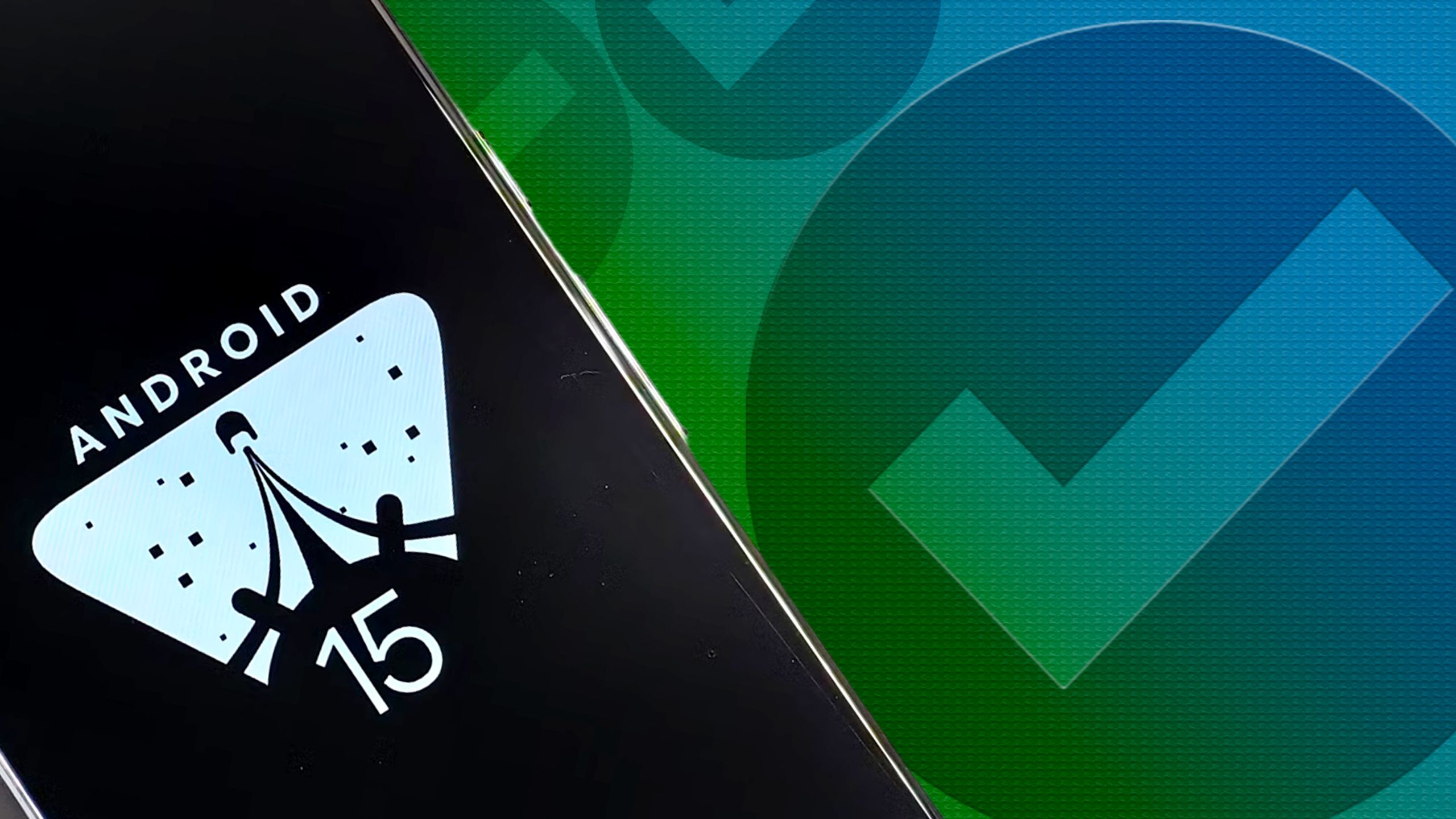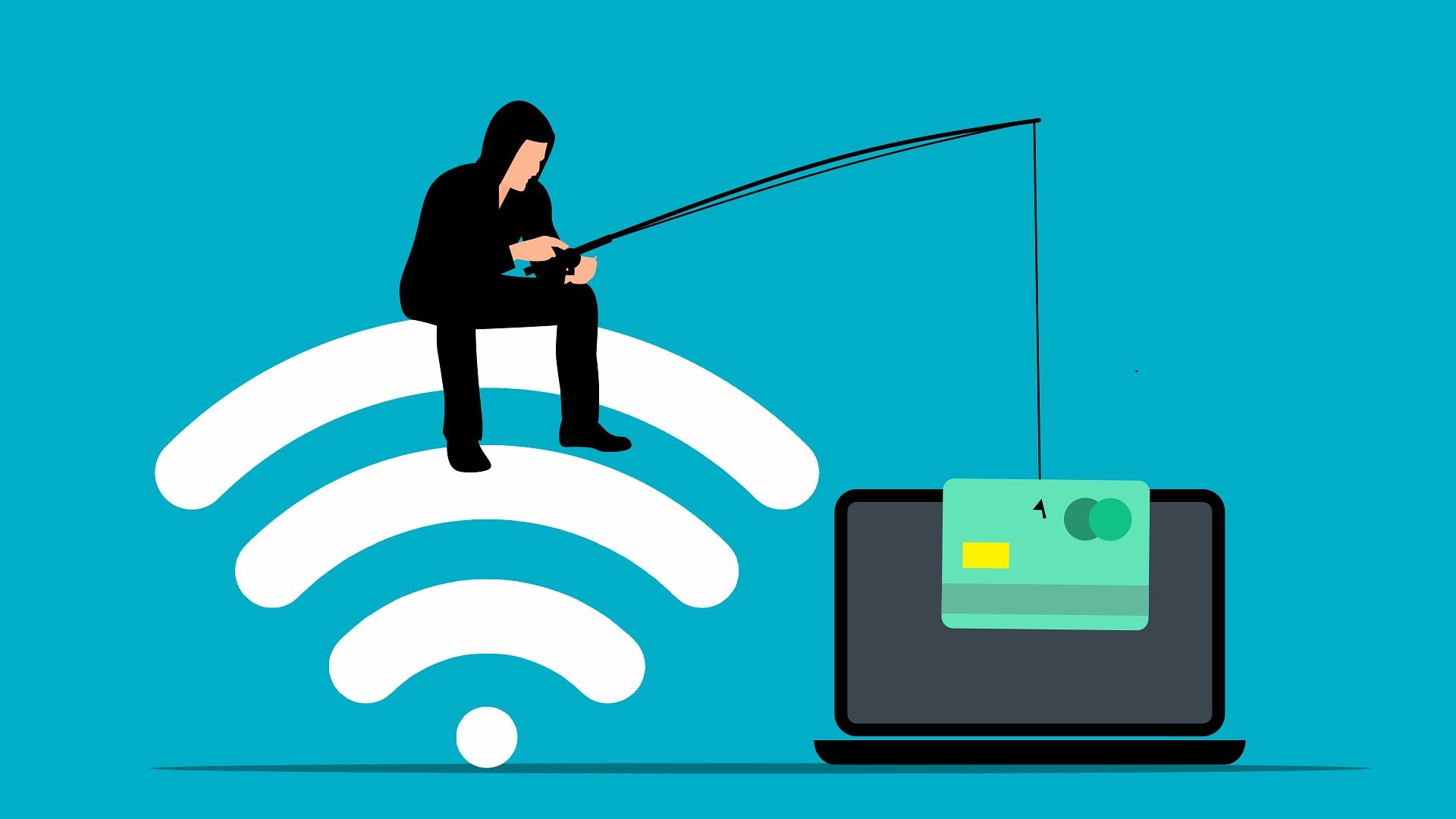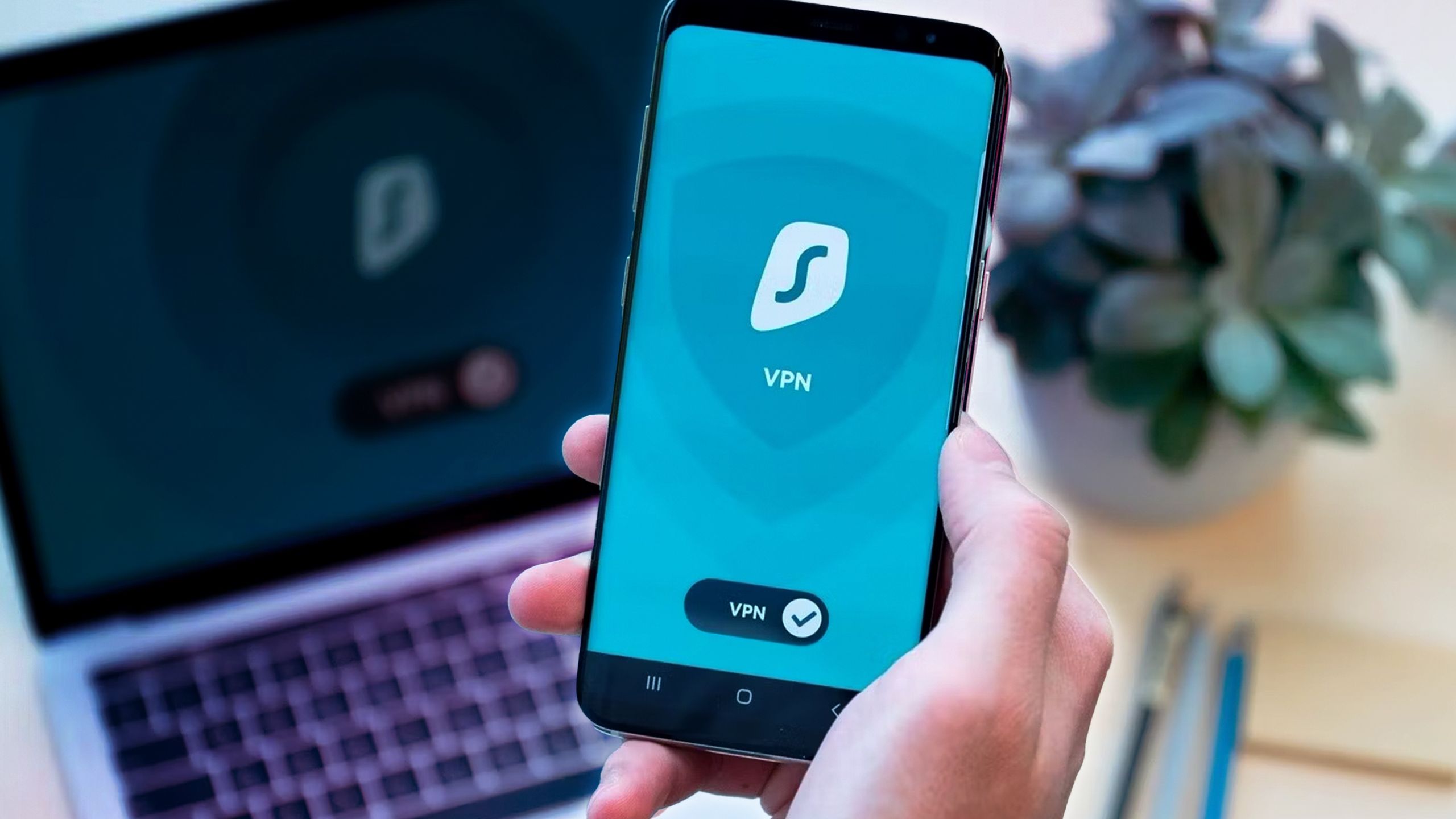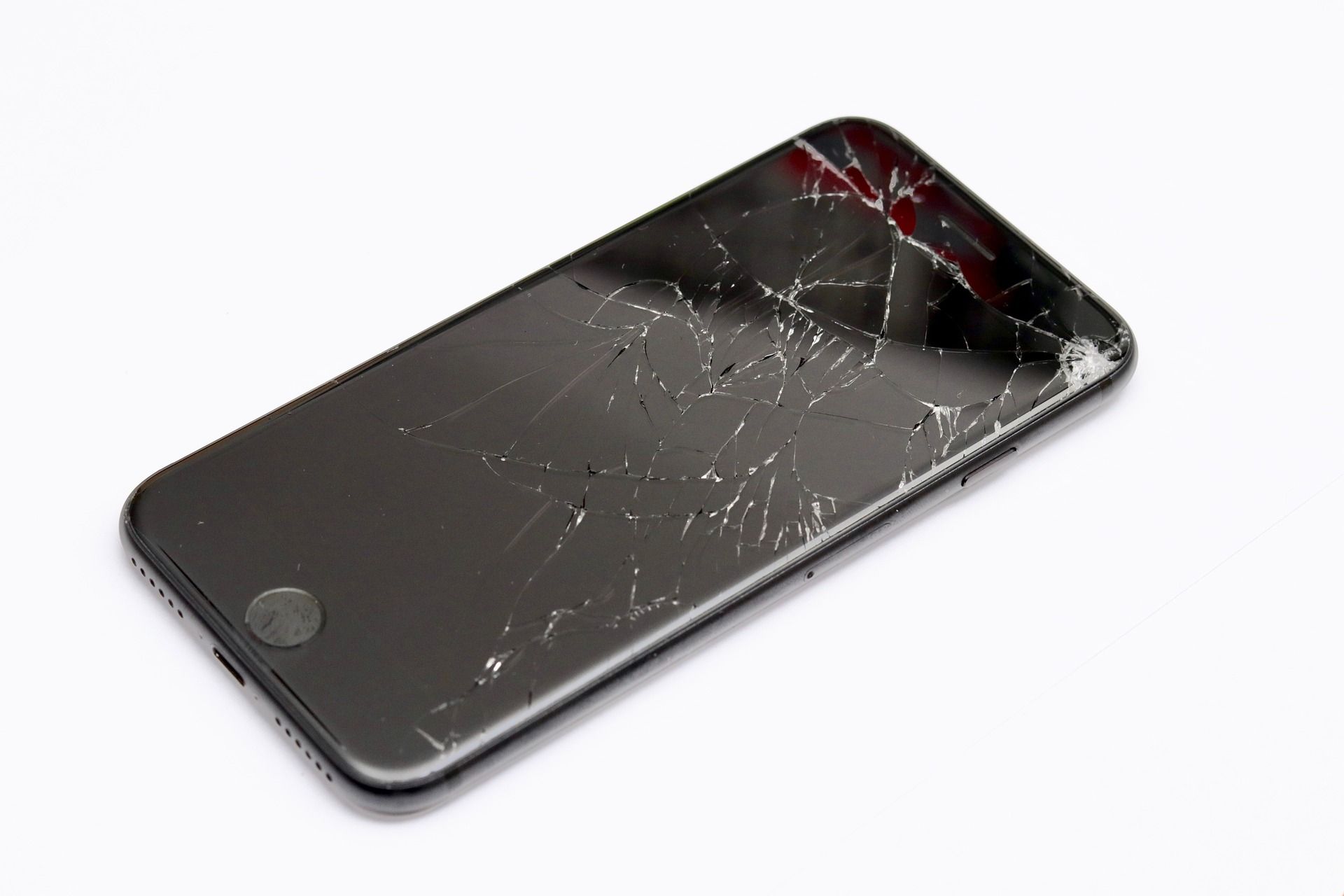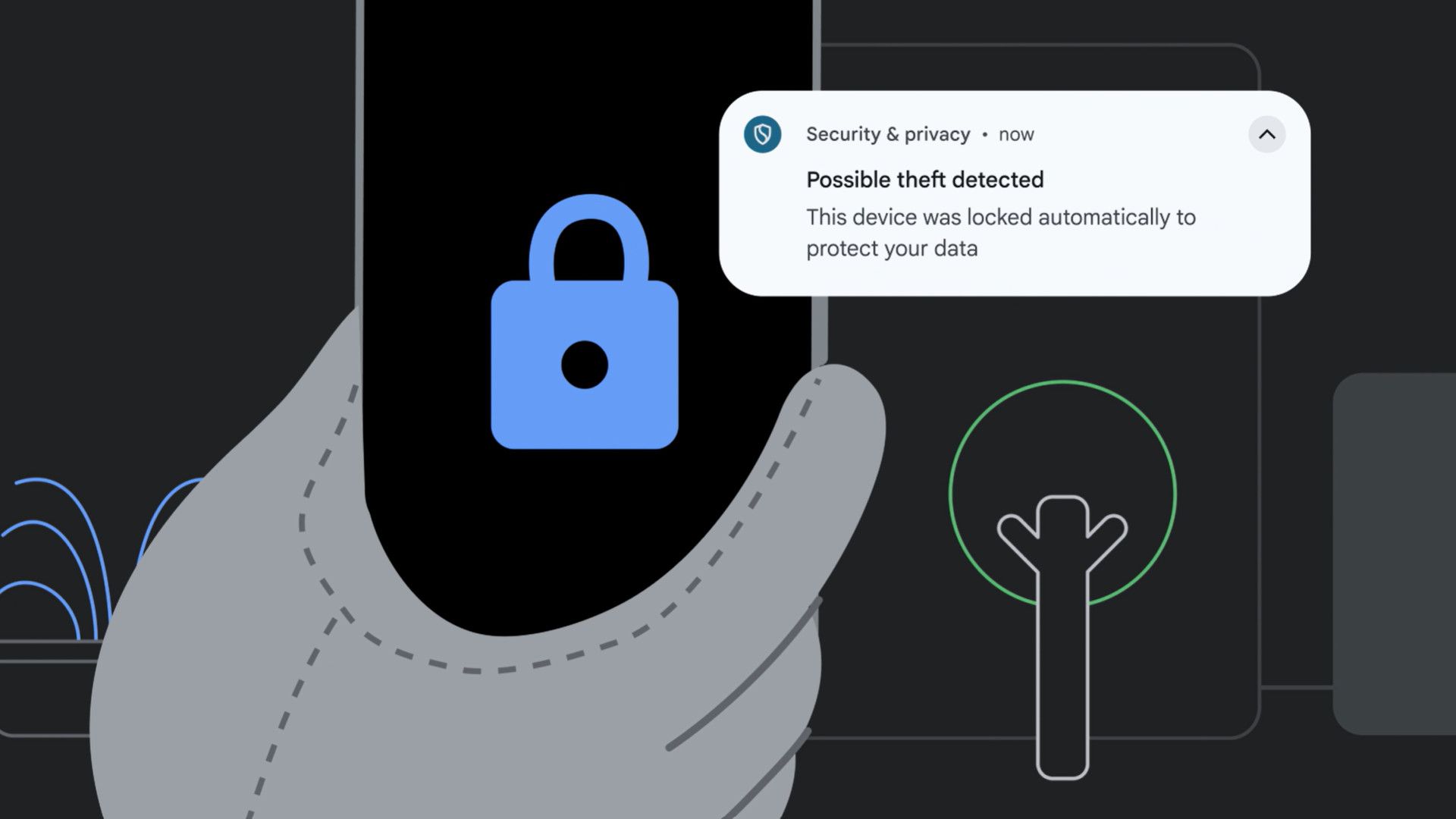You’re at the airport, connected to public Wi-Fi, not knowing you’re on an impostor network designed to steal from you. Then, you drop your phone and crack the screen or lose it. From dangerous networks and malicious software hidden in app downloads to thieves and clumsy accidents, your reliable Android phone and its data are constantly at risk. Let’s explore six common threats to your Android phone and how you and your device can stay safe.
6 Malware and viruses
Keep contagion at bay
Malware and viruses are malicious software that infiltrates your Android phone. They can steal your data, spy on your activities, hijack your device and demand a ransom, or brick your phone. This digital pestilence often spreads through downloading from shady websites or clicking infected links in emails or text messages.
You are the first line of defense. Be selective about your app sources. Stick to the Google Play Store when possible, as Google takes steps to weed out malicious apps. Before downloading, check the app’s reviews and ratings. Pay attention to the permissions an app requests. For example, a basic calculator doesn’t need access to your contacts and location. Even though it can be annoying, reputable antivirus software provides an extra layer of protection.
5 Phishing scams
Don’t take the bait
Phishing scams are the digital equivalent of a wolf in sheep’s clothing. They use social engineering to prey on trust with trickery. Cybercriminals craft convincing emails, text messages, or websites that mimic legitimate organizations like banks, job boards, or government agencies. They lure you into providing personal information, such as passwords, credit card numbers, or social security details.
Technology can only do so much because phishing scams are about human psychology. Always scrutinize the sender’s address in emails and be wary of suspicious links or attachments. If an offer seems too good to be true or pressures you to act urgently, your alarm bells should ring. AP recently reported that Google is stepping up its fight against these scams with enhanced security features in Pixel phones and Google Play Protect.
Legitimate organizations never ask for sensitive information via email or text message. When in doubt, ignore the suspicious message and contact the organization using verified contact information.
4 Unprotected Wi-Fi
That free connection might have a steep price
That free Wi-Fi at the coffee shop might seem like a great deal, but it could cost you. Unprotected public Wi-Fi networks are a hacker’s delight. Without encryption, cybercriminals can intercept your data, including passwords, credit card details, and browsing history. Their insidious tactics include man-in-the-middle attacks, positioning themselves between you and the websites you access to steal your information.
Don’t let your data get abducted. When using public Wi-Fi, a VPN is essential. A VPN encrypts your internet traffic, masking it from cybercriminals. Consider activating Always-on VPN in your Android settings for automatic protection when you aren’t on a trusted network. If possible, stick to known and secure Wi-Fi networks. If you use public networks, frequently scan your phone with mobile antivirus software.
3 Blunt-force trauma
Protect your phone from accidental falls
Gravity can be cruel. Even a short fall onto a hard surface can crack your screen, damage internal components, or cause unsightly cosmetic damage. Repairs can be expensive, and a damaged phone is more vulnerable to other threats like water damage.
Prevention is key. Invest in a phone case that offers good shock absorption. Although phone glass durability has improved, applying a screen protector is still essential. Phone grips and rings improve your hold and reduce the likelihood of mishaps. Mindfulness also goes a long way. Be aware of your surroundings and avoid using your phone in situations where it’s prone to slipping or falling.
2 Water damage
Know your phone’s IP rating
Our phones are ever-present sidekicks. Bad things can happen. From spilling a drink on your new phone to the horrors of fumbling it into a swimming pool, water can be a threat. Even a brief encounter with liquid can cause corrosion, short circuits, and permanent damage to your phone’s delicate internal components. Repair costs can exceed the phone’s value when multiple components are damaged.
It’s essential to know your phone’s IP rating and protect it accordingly. This specification quantifies the amount of protection your device provides against dust and liquids. For example, flagship phones from Google, Samsung, and Apple have an IP68 rating. An IP68 rating does not mean you can scuba dive with your phone. It means it’s rated to survive immersion for a certain period of time specified by the manufacturer.
The best practice is to avoid liquid immersion. If the worst happens and your phone is not IP68 rated, power it off immediately, remove the SIM card and any external storage, and place it overnight in a container of uncooked rice to absorb moisture.
Phone warranties, even for IP68-rated models, typically do not cover water damage.
1 Phone theft
Keep criminals in the dark
A stolen phone isn’t only a costly inconvenience. It’s a serious security breach. Thieves can access your personal information, financial accounts, and identity. They might steal sensitive data, rack up charges on your accounts, take out loans in your name, or use your device for malicious purposes.
Don’t make it easy for them. Always use a strong screen lock with a PIN, password, or biometric authentication. Turn on Find My Device in your Android settings to remotely track, lock, or wipe your phone if it goes missing. Be mindful of your surroundings, especially in crowded public places. Avoid leaving your phone unattended, and be wary of suspicious individuals who might have sticky fingers.

Related
Verizon’s relaunched family app gives kids more freedom and parents more peace of mind
Worry-free trick or treating
Phone safety is your responsibility
You rely on your Android for countless tasks, from communication and entertainment to banking and GPS. It’s a powerful tool that requires proper care and protection. Your phone’s safety is in your hands. You can reduce your risk and enjoy greater peace of mind by adopting a proactive approach and implementing the tips outlined in this guide. For added protection, set up Google Safe Browsing to avoid malware and other online threats.




